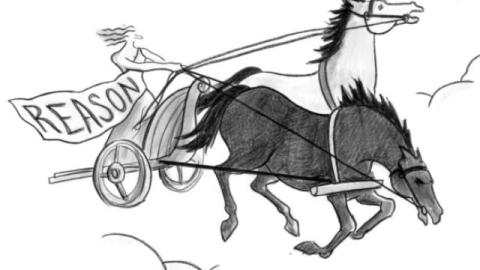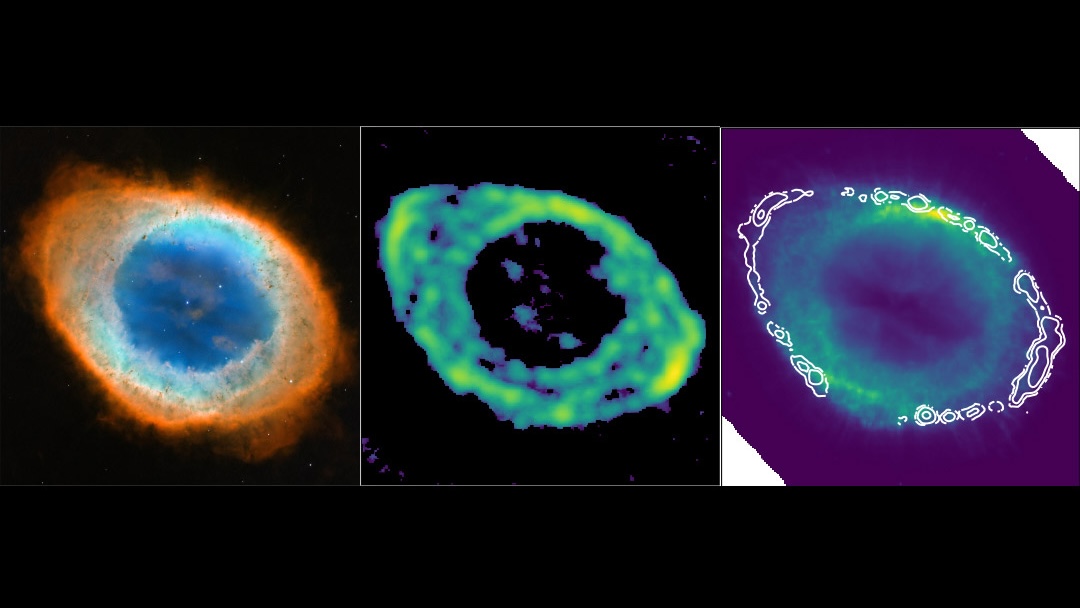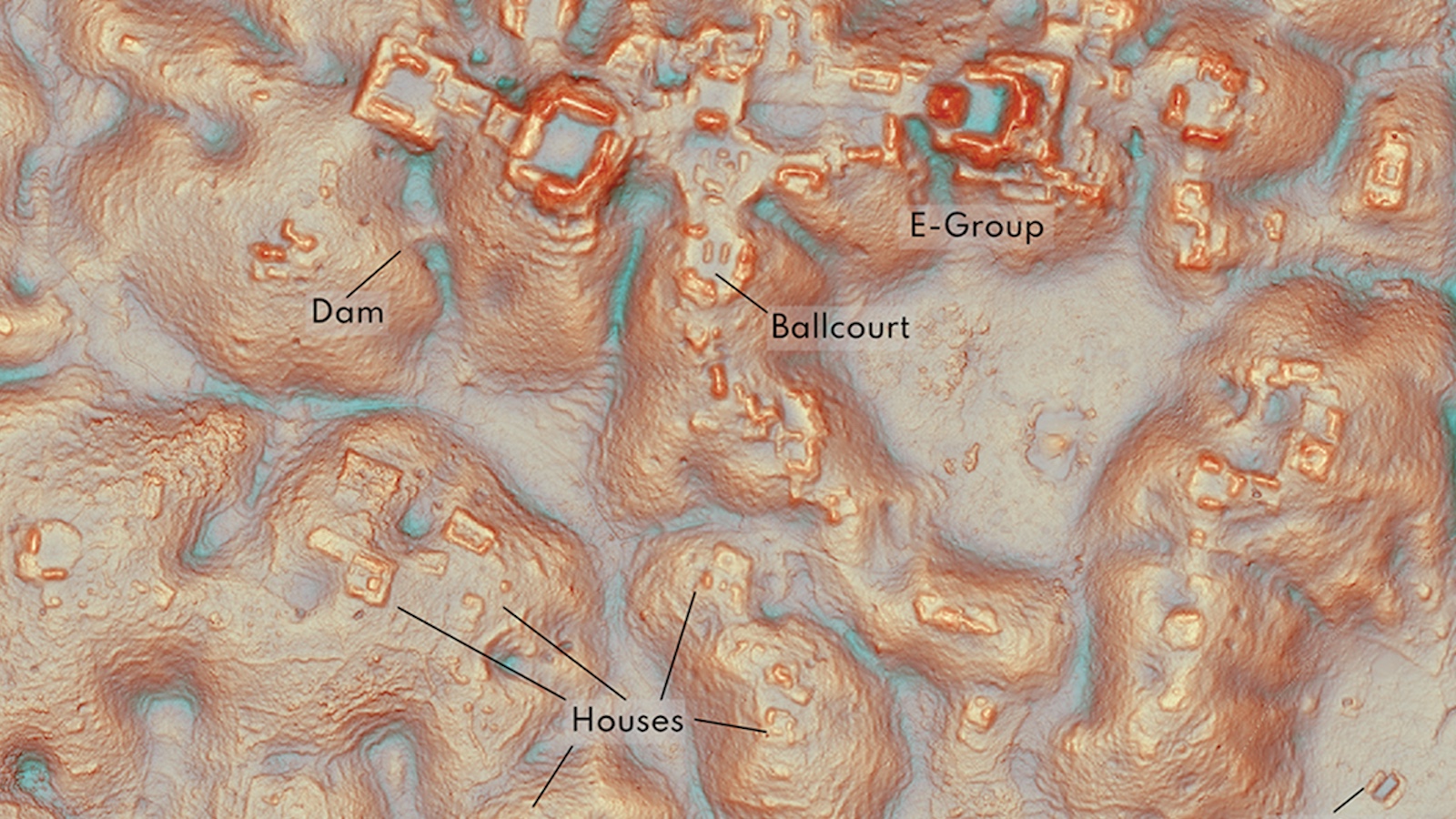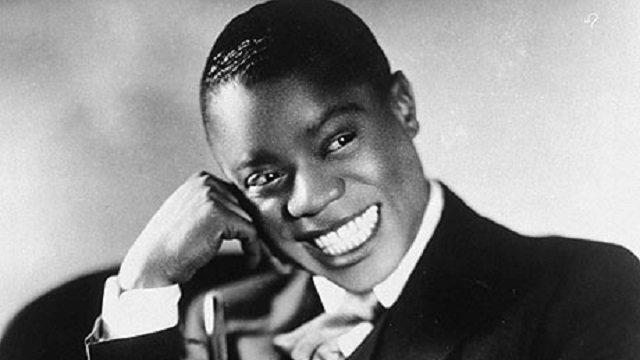What “War on Reason”? Kahneman’s Truce

Are reason and emotion sworn enemies? Many expert reasoners feel they are. But these supposed opposites overlap, emotions have logic and reason often blunders. Plato’s chariot and the anti-Freud can clarify.
In “The War on Reason,” Paul Bloom complains that scientists are popularizing the view that rational deliberation is an illusion. Bloom feels this “unacknowledged rebooting of Freud”, by focusing on “emotive desires,” and “scattered… instances of irrationality” misrepresents our “rational foundations.” When “thirsty, you don’t…squirm…at the mercy of unconscious impulses,” you rationally plan and execute quenching it.
Here Bloom follows Freud in conflating the unconscious with the irrational and seemingly partly ignores Daniel Kahneman’s work. Although Kahneman (the “most influential living psychologist”) says that “faith in human rationality” is ill founded because systematic inconsistencies, called “cognitive biases,” are “built into the design of our minds,” he also says that much of the unconscious is rational. That makes Kahneman the anti-Freud.
Commenting on Bloom, Jerry Coyne contrasts rational choices with those “swayed by emotion.” For Coyne thinking is simply evolved “input-output” data processing. Expanding on that: good thinking has three parts. First, inputs of data and assumptions; second appropriate thinking tools; and third desired goals to judge by. Each can be mistaken, causing different kinds of irrationality. Bad inputs or goals justify Shakespeare’s “Though this be madness, yet there is method in it.”
Perhaps neither Bloom nor Coyne fully grasp the title, or key message, of Kahneman’s book: “Thinking, Fast and Slow.” Emotions and intuitions are fast thinking. This rapid data processing can be rational (or not, depending on training). And irrationality often isn’t caused by emotion.
Plato explained this by comparing the mind to a two horse chariot.Reason is the charioteer. The horses are emotions, one good, one bad. The good horse naturally pulls toward rational goals. The unruly bad horse must be batted. Without the emotions reason gets nowhere.
Hobbes in 1651 nailed how Bloom, Coyne, and Kahneman differ: “Reason is not…born with us; nor gotten by experience only, as prudence is; but attained by industry.” Basic experience teaches everybody how to slake a thirst. Basic experience ensures, to quote Isaac Chotiner, that we live “according to…reason 99% of the time.” But Kahneman works mainly on numerical decisions. Since “humans didn’t evolve to think about numbers,” that sort of rationality requires training (industry).
Coyne’s observation that we are mostly rational, with a “dollop of irrationality,” is an advance on Freud’s un-falsifiable fictions. But Kahneman’s cognitive-bias patterns beat that dollop and should finally rid us of Freud’s demons. However Kahnemen’s work also has demons. Cognitive biases have two sources of error, the observed behavior and the “rational” goal, but economists use “rational” differently. Their methods, and inputs, and goals can sometimes be mad.
Modifying Hume’s “Reason Is and Ought Only to Be the Slave of the Passions:” Input passions (intuitions) happen before reasoning. And reason should work toward passionate goals.
Illustration by Julia Suits, The New Yorker Cartoonist & author of The Extraordinary Catalog of Peculiar Inventions.





